As a car owner, you may and should have known dozens of car maintenance centers. Pick your preference because surely, this is one of the most basic requirements in order to make sure your baby car is able to run stably. But there are several things you even don’t need a mechanic to fix them for you. This article will give you an overview and guide you through some common car problems.
But before we begin, there are few things you should know. Some repairs may be performed by mechanics effortlessly. At the end of the day, they are still the ones who are well-trained to do what we are going to tell you. For amateurs, you could lose the whole day just to finish the work of a professional mechanic in one or two hours. So just take it into account. If you truly adore and want to take care of your baby on your own, here’s what you’re looking for.
Remember, repairing a car yourself is kind of complicated. It requires your seriousness, so don’t take it for granted.
- First thing to do is to get yourself a proper tool kit. This can be your sidekick for a long time, troubles don’t come once.
- Secondly, spend time to understand your car, read its manual and search for the right instructions.
- Last but not least, don’t turn time spent with your beloved car into a nightmare by hurting yourself. It’s worth equipping you with some safety tools. Don’t be rush to work on it when your car is still running or after you shut it down for a few minutes. That’s when your car is under pressure and not stable to be measured. It might hurt. So, let it be for about an hour to make sure it has completely cooled down then you’re good to go.
>>> Read more: [DIY Auto Repair] 10 most common car problems & How to repair a car yourself [Part 2]
Most common car problem #1: Flat tire
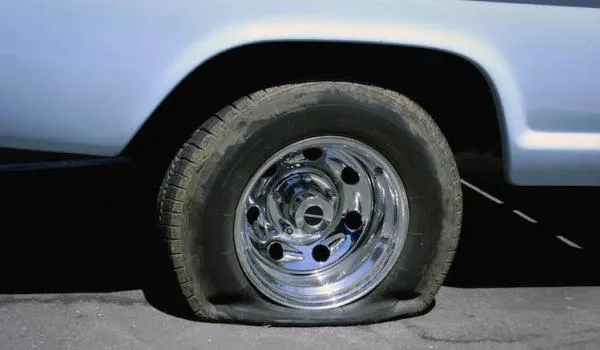
Driving with flat tire causes heavy damage to your car
You can easily notice this problem by the tilt of your car. Plus, your tire will play off some loud thumping noises. This could possibly the most seen problem in the world. You can be in this situation anywhere at anytime. Therefore, you should always make a provision with a spare tire. Usually, this spare tire comes with a portable car jack and a lug nut ratchet.
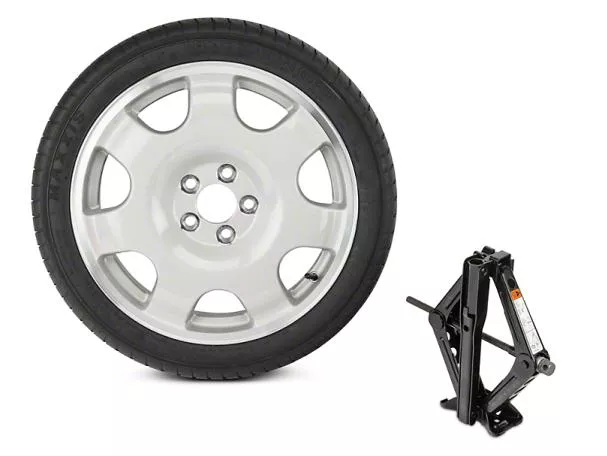
Usually, this spare tire comes with a portable car jack and a lug nut ratchet
DIY auto repair tips:
- Use the jack to lift up the car. Be careful to put the car jack under the stable parts of car frame. Specially, avoid the plastic pieces because of their vulnerability;
- Lift the tire off the ground to an adequate height where you’re able to get rid of the broken tire;
- Remove the lug nuts and fit the tire on;
- Finally, tighten the nuts and easily bring the car down.
>>> Step-by-step instructions on how to change your car tires
Most common car problem #2: Head or taillights out
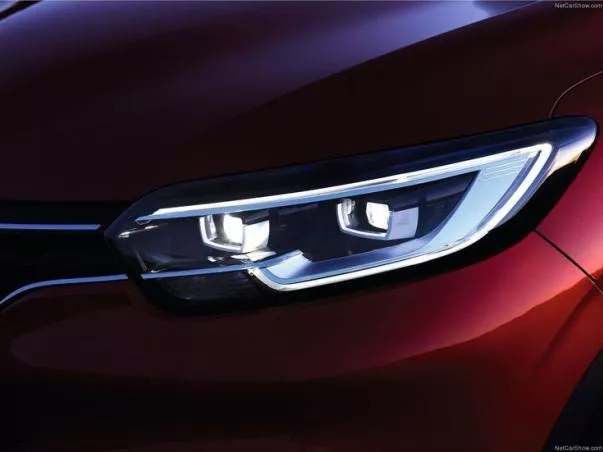
Car light – A must for night travelling
Your blinkers blink faster? Your lights do not light up? These are signs hinting that they need replacing. You can see through the Internet to find out what kind of bulbs you need, based on the model of the car or you can find information in the owner's manual. Also, most basic cars use the same kind of bulb. Thus, don’t worry if you own the same one.
After getting the right bulbs, follow these DIY auto repair tips:
- Open and prop the hood to expose the light part located in two sides of the machine;
- Slightly turn to loosen and remove the power connector behind the light and remove the dust cover;
- Grab the bulb housing (not the glass), turn and pull out the bulb. It’s okay to insert the new bulb now. Make sure it’s clean so that the light comes out stronger;
- Put back all the components you have unplugged;
- Finally, turn on and test if the light is working.
Most common car problem #3: Battery runs out of power
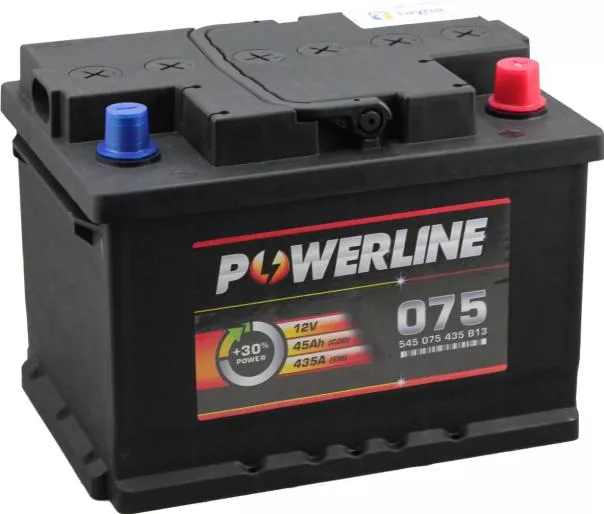
Battery - Power source of the car
You have turned the key and have tried to ignite the engine, but the car has still not started. What happened? There are three bugs that could lead to this problem. They come from the battery, the starter or the alternator.
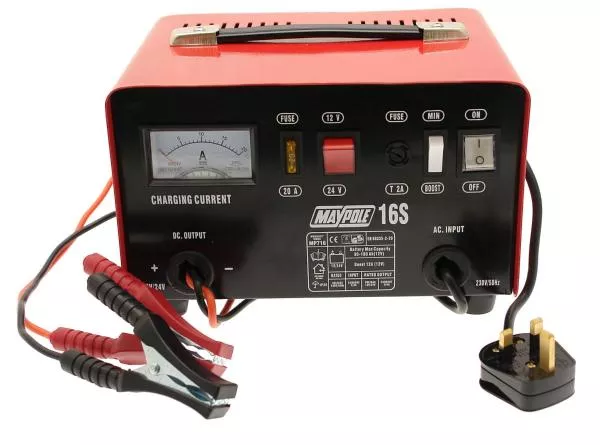
Car battery charger
DIY auto repair tips:
- Use a charger to make sure the battery is the actual issue;
- If it is, undust the battery first;
- Then, unbolt the negative terminal before coming to the positive one;
- Unplug the ground wire connected to the battery;
- Finally, substitute with a new one.
Really simple, isn't it?
>>> See more:
Most common car problem #4: Faulty spark plugs
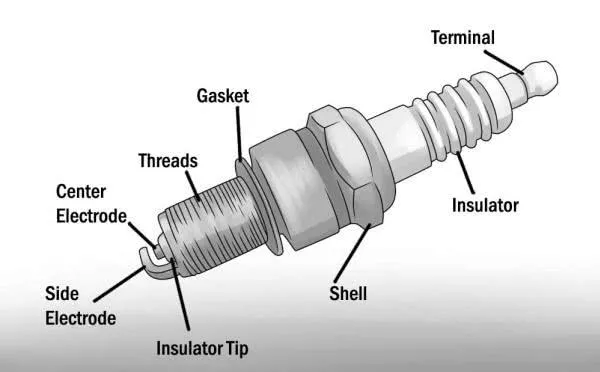
The spark plugs might be the reason why you car won't start
If you’re struggling to start your car up, it’s time to talk about the spark plugs. For your information, these little guys have the power to ignite the combustion in the engine. Thus, the engine would be in tough idle if these are misfiring or dirty. To get this worked up, you need to replace those bad guys with new ones.
DIY auto repair tips:
- First, blow away or the dust to prevent it from falling into the cylinders;
- Then twist the ignition coil anh pull it up straight;
- Unscrew the plugs;
- Clean around and plug the new ones in.
Following these steps, your car should start properly.
Most common car problem #5: Make an oil change
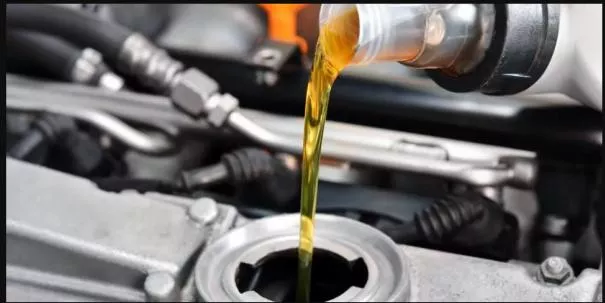
Oil helps your engine run more smoothly
This is not really a problem but you should do this after every 5,000 - 8,000 km in inverse proportion to your car’s age and based on what type of oil you’re using. Let’s dig into the manual to figure out these things: what type of oil and oil filter your car needs, where to place the oil pan bolt and the oil capacity of the engine.

Read your manual to find out what type of oil and oil filter your car needs
After breaking it all down, here are some easy DIY auto repair tips:
- Untighten the bolt and let the old oil drained out;
- Replace the oil filter;
- Tighten the bold back and refill the oil to the engine. You should spread a little oil on the filter and lubricate the rubber ring.
>>> Related post: 4 factors to consider to choose the right engine oil
Philkotse.com has gathered the most common car problems and guided you through DIY tips to repair a car yourself. If you find helpful car maintenance tips in this article, stay tuned for another article in DIY Auto Repair tips series coming up next. Safe driving!











